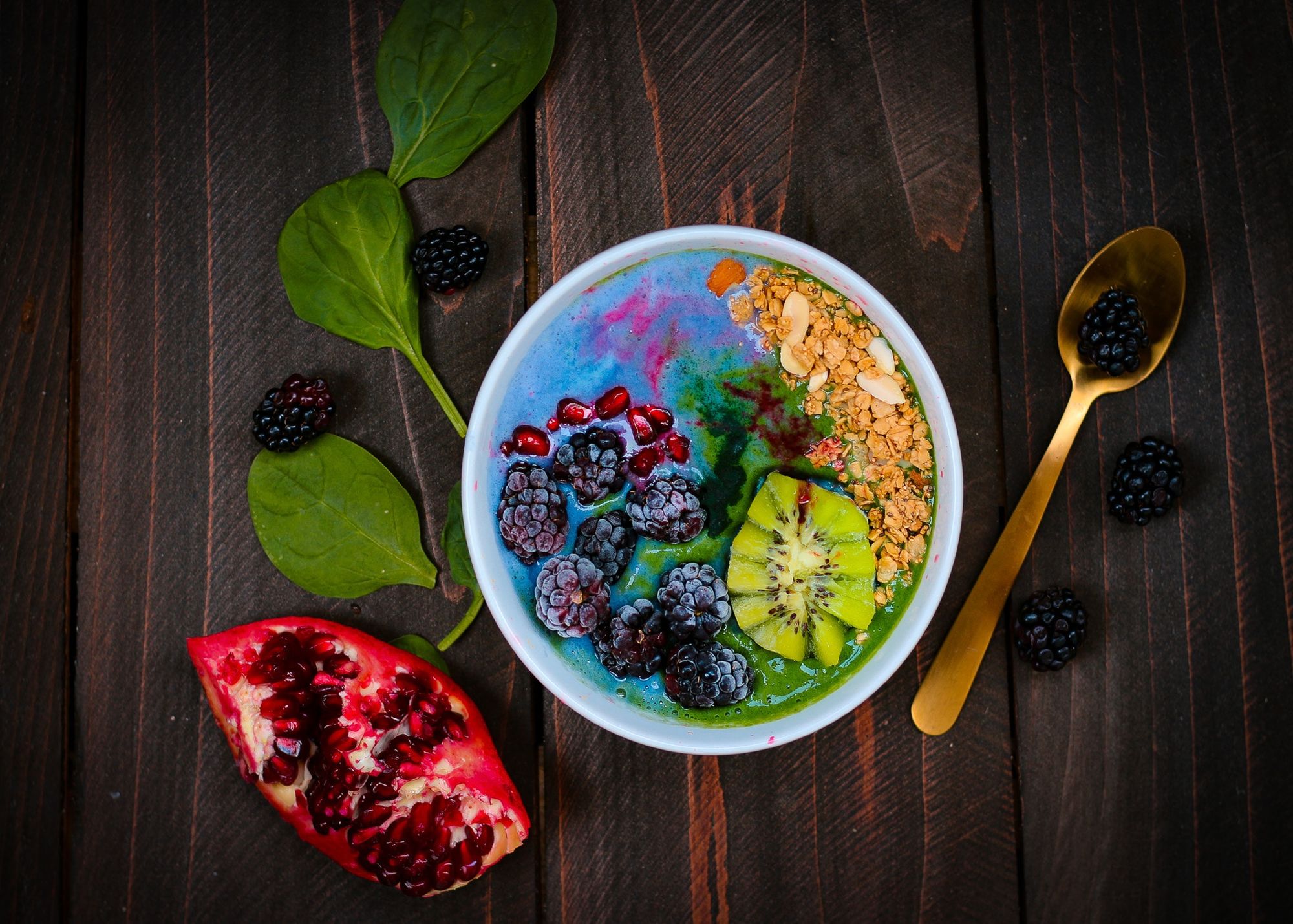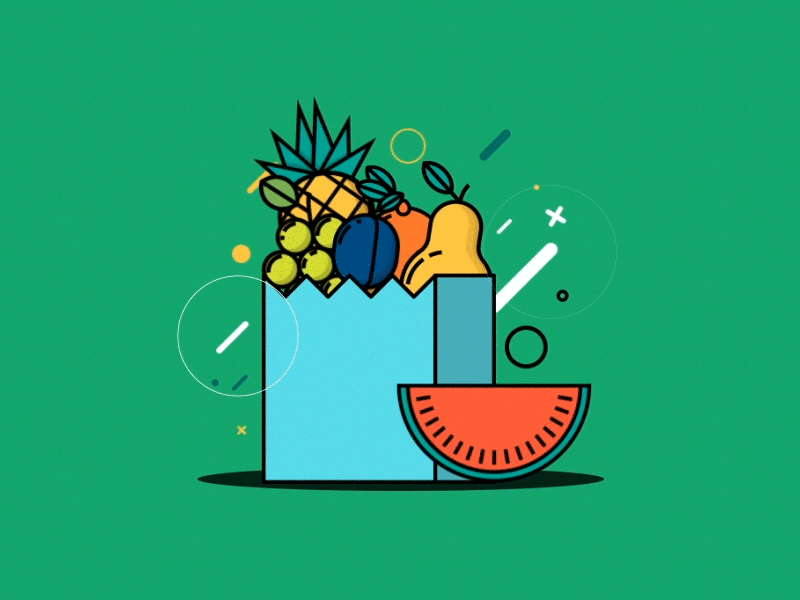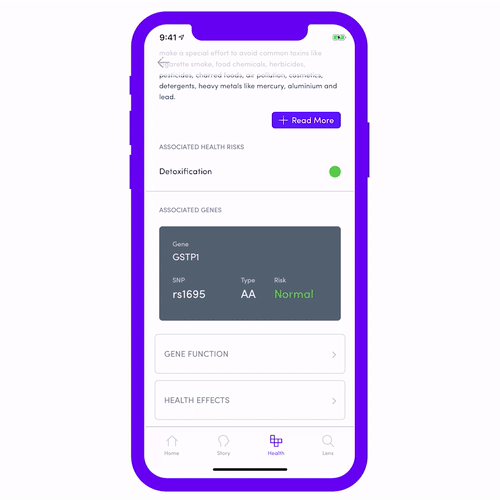The food we eat and the water we drink contains something more than just nutrients.
Food along with nutrients is also the primary source of various toxins that enter our body on a daily basis. These toxins include pesticides, pollutants, contaminants, preservatives, food additives, drugs, alcohol, metabolic end products and microorganisms.
The nutrients from food are metabolized and assimilated through various enzymes and pathways, and become part of our body, and the toxins get eliminated.
How does our body eliminate toxins?
There is an elaborate and intricate system at work in the body that takes care of the toxins and unwanted chemicals that enter our body. Some chemicals and pollutants can be carcinogens and can lead to deleterious effects on our body. Nature has provided us an efficient system for detoxification in the body and it is controlled by the liver.
Detoxification pathways
There are two major pathways of detoxification that occur in the liver cells. These are termed as Phase 1 and Phase 2 detoxification pathways.
Each phase carries out different steps for the elimination of toxins and involve different enzymes.
Phase 1 detoxification
Phase 1 detoxification is comprised of two key processes: hydrolysis and oxidation reduction.
The key enzyme that plays a role in Phase 1 detoxification pathway is cytochrome P450 enzyme. There are various isoenzymes of P450 that are synthesized by the liver cells when they are exposed to various toxic chemicals. This pathway eliminates toxic damage by compounds by converting them into less toxic forms which are easily excreted from the body.
Certain toxins, such as pesticides, alcohol, caffeine and paint fumes when in very high concentration can cause damage to the Phase 1 pathway. And lead to the induction or over expression of the enzymes of this phase.
This leads to an abnormal increase in the free radicals that is damaging to the cell. This situation of extreme toxins is handled by the Phase 2 detoxification pathway.
Phase 2 detoxification
The Phase 2 detoxification pathway involves the addition or binding of other substances such as glycine, cysteine, glutathione or sulphate to the toxin. This changes the solubility of the toxic compound and aids in the removal of toxins from the body.
The ability to remove various toxins and tolerate different levels of toxins varies among individuals. This variation is attributed to the presence of various genes involved in the Phase 1 and Phase 2 detoxification pathway.
How genetics impact detox risk
Presence of mutation in any detoxification enzyme can lead to poor removal of toxins from the body.
For instance, the cytochrome P450 gene family is involved in the metabolism of oxon, which is a toxic derivative of the parent compound that is present in organophosphate pesticides. Presence of any kind of mutation in this genes may impact the metabolic outcome of pesticides and can have serious health hazards.
Meet your caretaker gene
GSTP1 is an enzyme that carry out the detoxification of byproducts of xenobiotics and redox stress. The inactivation of GSTP1 leads to an increase in the vulnerability of the cells to oxidative DNA damage that can trigger carcinogenesis.
What can you do to reduce your risk?
Watch out for the dirty dozen
Detoxification process is very critical for the health and well-being of the human body. It’s always good to go for organic foods, but based on your genetic variant of GSTP1, you might have to be extra careful in avoiding foods laden in pesticides and insecticides – especially the ones termed the dirty dozen – Strawberries, Spinach, Kale, Nectarines, Apples, Grapes, Peaches, Cherries, Pears, Tomatoes, Celery and Potatoes.You can find this easily on Gini.Keep an eye on your antioxidant intake
Poor diet, pollution, toxins, medications, stress, trauma, aging, infections and radiation all deplete your antioxidants. As your liver gets overloaded and damaged, it becomes unable to do its job of detoxification.
Certain vitamins and micronutrients that are present in fruits, vegetables, and other natural plant products can play a crucial role in liver detoxification and it’s very different from a digestive system detox.
Antioxidants via food or supplementation, that includes Vitamin C, Vitamin E, and carotenoids can help a lot by restoring your antioxidant levels. Here again you might need more or less of these antioxidants based on your risk.
Glutathione or sulphur-based nutrients, found in broccoli, garlic, and other cruciferous vegetables can also help with liver detox. Glutathione especially can be very effective. Toxins stick onto glutathione, which then carries them into the bile and the stool - and out of your body.






